Do you have an interest in animals that can live either on land or in water? The special characteristics and the life histories of amphibians have been of great interest to aquatic lovers. Commonly found from the pre-historic era and extending to the times when people also take them as pet animals, amphibians, without doubt, give a deep insight into nature.
Content Table
Join us in this article as we discuss the different types of amphibian aquariums and all that you must know about them as an addition to an aquarium collection or as a pet.
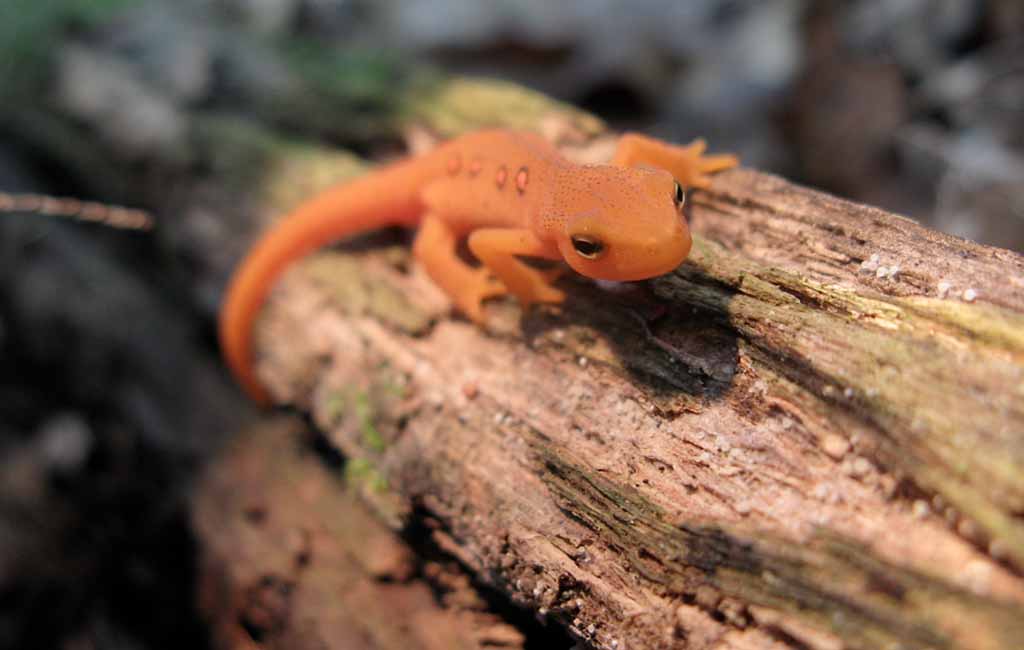
Amphibian
What Is an Amphibian
An amphibian is a reptile-like animal that forms in water and develops on the land and is credited with possessing a backbone. They are members of the class Amphibia and refer to animals that spend most of their life in water but move to land at some point in their development. Amphibians are among the most sensitive ecological markers because their skin picks up influences as a barometer of ecosystems. The important grouping of Amphibians includes Frogs and Toads, Salamanders and Newts, and Caecilians, which are also limbless amphibians.
Key Characteristics of Amphibians
- Life Cycle: Most are aquatic but start as larvae usually in water, then they metamorphose developing lungs and limbs for life on land.
- Moist Skin: Their skin is ‘breathable’ for the exchange of gases, though it has to be moist to work efficiently.
- Cold-Blooded: They cannot produce heat internally, so they rely on the external environment.
- Eggs: Many of them do not lay shelled eggs but lay eggs that are in water, which may dry up easily.
The First Amphibians on Earth
The first continental and marine amphibians appeared on earth during the Devonian period 250 – 300 million years ago from the lobe-finned fish known as tetrapodomorpha. Ichthyostega is one of the first famous amphibians; it inhabited the Late Devonian deposits in Greenland.
Aquatic Pets Species That Live on Land and Water
Live aquatic animals that are in both water and on land are in the class name Amphibia, and there are unique species that are commonly exhibited in habitats similar to natural habitats. These animals are rather interesting for their novelty of being amphibians with a dual lifestyle, which makes them ideal for those maintaining tanks ranging from aquariums to terrariums or vivariums.
Here is a brief guide with information about the most commonly bred amphibians for aquariums and their characteristics and conditions for keeping.
1. Axolotl (Ambystoma mexicanum)
| Peculiarities: Known as the “Mexican walking fish,” axolotls are fully aquatic throughout their lives and retain gills as adults. They exhibit remarkable regenerative abilities, regrowing limbs, organs, and even parts of their heart and brains. | 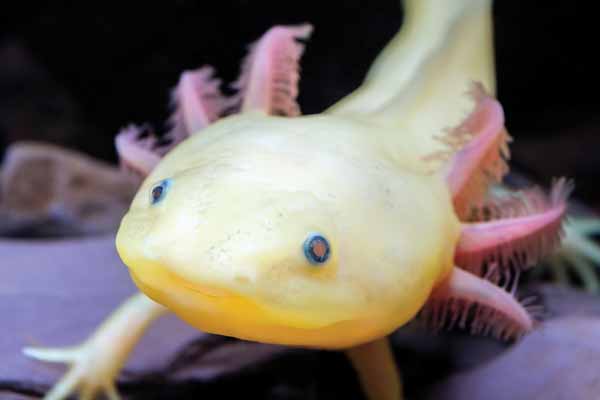 |
| Habitat: Native to Mexico, they thrive in cool, freshwater environments with temperatures between 60–68°F (16–20°C). Their tanks should include hiding spots and gentle water flow. | |
| Diet: Carnivorous, feeding on worms, small fish, and pellets. |
2. Fire-bellied newts (Cynops species)
| Peculiarities: Named for their bright orange or red bellies, which signal toxicity to predators. These amphibians are semi-aquatic and need both water and land areas in their tanks. | 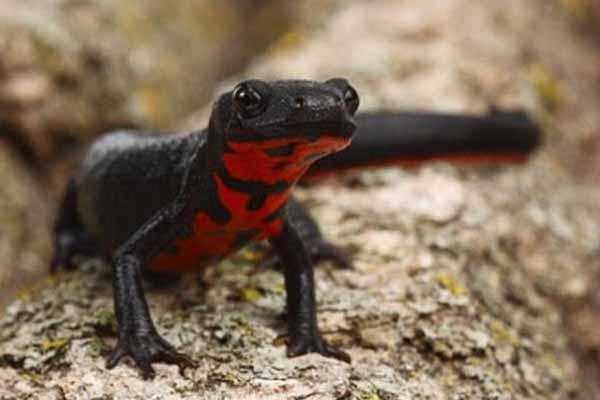 |
| Habitat: Found in cool, slow-moving water bodies in Asia. They require a tank with shallow water, floating platforms, and a temperature range of 65–72°F (18–22°C). | |
| Diet: Insect larvae, small invertebrates, and frozen or live foods. |
3. African Clawed Frog (Xenopus laevis)
| Peculiarities: Fully aquatic and distinctive for their claw-like toes used to tear food apart. Clawed frog are hardy and can adapt to various water conditions. | 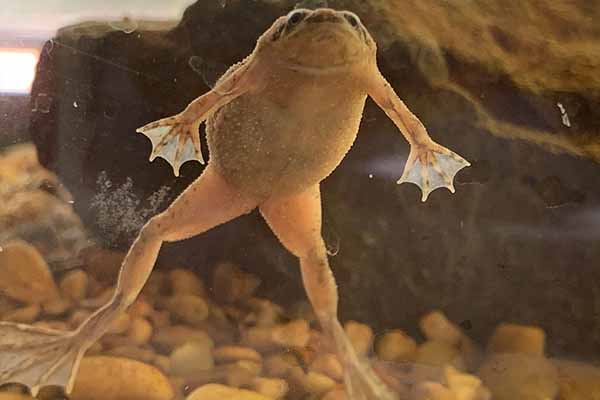 |
| Habitat: Found in ponds and wetlands in sub-Saharan Africa. Their tank should have a water temperature of 70–75°F (21–24°C) and no sharp decorations, as they lack eyelids. | |
| Diet: Omnivorous, eating pellets, insects, and small fish. |
4. Pacman Frog (Ceratophrys species)
| Peculiarities: Recognizable for their large mouths and voracious appetites. While not aquatic, they require a moist substrate and a shallow water dish to soak in. | 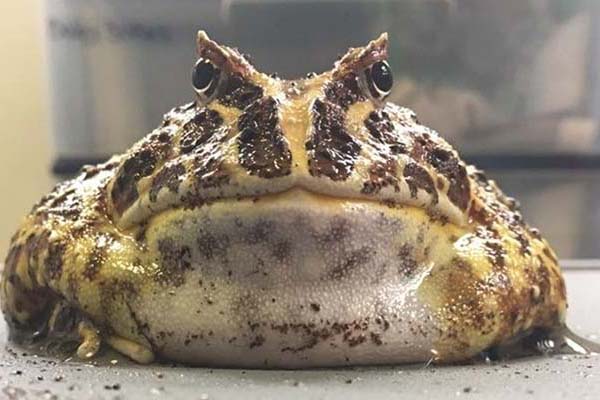 |
| Habitat: Native to South America’s rainforests. They thrive in terrariums with high humidity and temperatures between 75–85°F (24–29°C). | |
| Diet: Carnivorous, consuming insects, small rodents, and other prey. |
5. Mudpuppy (Necturus maculosus)
| Peculiarities: Fully aquatic salamanders that breathe through external gills. They are nocturnal and prefer dim lighting. | 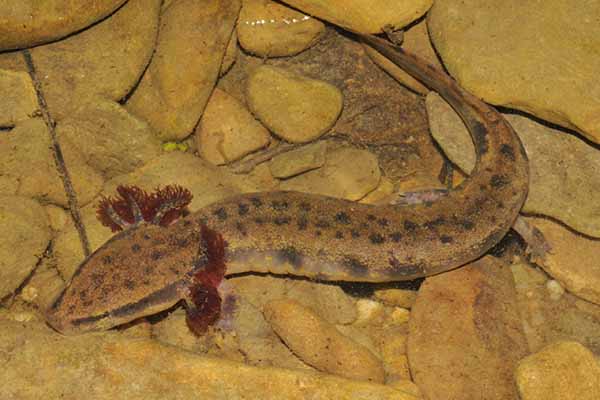 |
| Habitat: Found in rivers and lakes in North America. They need a spacious tank with hiding places and a water temperature of 50–60°F (10–15°C). | |
| Diet: Worms, small fish, and aquatic insects. |
6. Oriental Fire-Bellied Toad (Bombina orientalis)
| Peculiarities: Known for their vibrant green and black dorsal patterns with bright red bellies. They are semi-aquatic and secrete a toxin as a defense mechanism. | 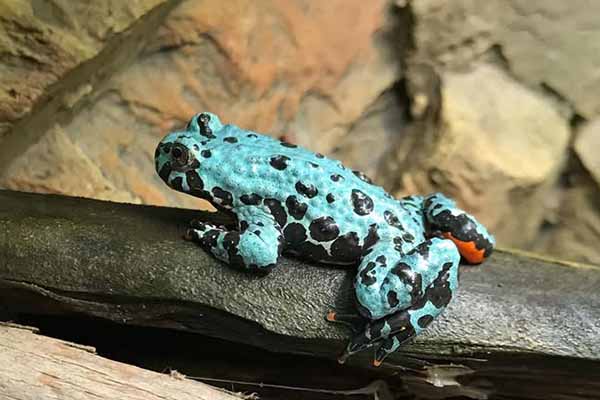 |
| Habitat: Native to Asia, these toads require a terrarium with both water and land areas, a water temperature of 72–78°F (22–26°C), and moderate humidity. | |
| Diet: Insects like crickets, fruit flies, and small worms. |
7. Tiger Salamander (Ambystoma tigrinum)
| Peculiarities: Large, striking amphibians with yellow-and-black stripes. They start life as aquatic larvae and transition to a semi-aquatic adult stage. | 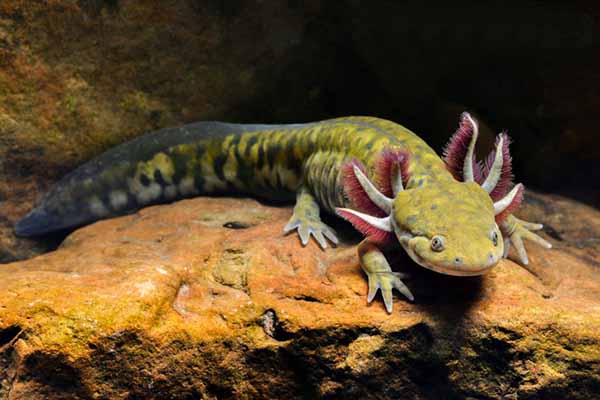 |
| Habitat: Found in North America, they need a moist substrate for burrowing, a shallow water dish, and a terrarium temperature of 65–75°F (18–24°C). | |
| Diet: Insects, earthworms, and small invertebrates. |
Importance of Amphibians in Aquariums
Amphibians are essential and useful in aquariums for ecological, educative, and aesthetic reasons. They are important now, noting that they improve the balance and health of the aquatic habitat of the aquarium environment. Here are the key roles and benefits of keeping amphibian species in aquariums:
Biodiversity and Ecosystem Balance
- Role: Amphibians contribute to the ecological balance in aquariums by occupying niches between aquatic and terrestrial life.
- Benefits: They often help control pest populations by feeding on small invertebrates like worms, snails, and insects, preventing overpopulation and maintaining equilibrium.
Unique Aesthetic Appeal
- Role: Amphibians bring diversity in appearance and behavior, making aquariums more engaging and visually striking.
- Benefits: Amphibians like axolotls, fire-bellied toads, and newts captivate both novice and experienced aquarists with their vibrant colors, fascinating life cycles, and dual lifestyles (land and water).
Educational Value
- Role: Amphibians are excellent educational tools for understanding evolution, biology, and environmental science.
- Benefits: Observing amphibians’ metamorphosis, adaptive behaviors, and interactions with their environment can foster a deeper appreciation for wildlife and inspire conservation efforts.
Contribution to Environmental Awareness
- Role: Amphibians are bioindicators, reflecting the health of aquatic and terrestrial environments.
- Benefits: Their sensitivity to water quality and temperature changes encourages aquarists to maintain optimal conditions, promoting awareness about environmental issues like pollution and habitat destruction.
Natural Pest Control
- Role: Amphibians feed on common aquarium pests like mosquito larvae, preventing infestations.
- Benefits: This natural pest control method reduces the need for chemical treatments that could harm other tank inhabitants.
Low-Maintenance Companions
- Role: Many amphibians, like African clawed frogs and axolotls, are hardy and adapt well to captivity when their basic needs are met.
- Benefits: They offer a low-maintenance option for aquarists looking to diversify their tanks without the complexities of advanced care.
Natural Scavengers
- Role: Amphibians often consume leftover food particles and organic debris.
- Benefits: This helps reduce waste buildup in the tank, contributing to a cleaner and healthier environment for all aquatic inhabitants.
Stress Reduction and Relaxation
- Role: Watching amphibians interact with their environment is soothing and reduces stress for aquarists.
- Benefits: Their unique movements and behaviors create a calming ambiance in the home or workplace.
Encouraging Sustainable Practices
- Role: Amphibians in aquariums promote responsible sourcing and care, highlighting the importance of sustainable pet ownership.
- Benefits: Proper care and awareness help protect wild amphibian populations from exploitation and support conservation efforts.
Some Examples of Amphibian Pets
Axolotl: These aquatic salamanders never change their external morphology, which includes aspects of a larva, hence, they are exciting to study. As a whole, they do not require much attention and can be kept in an ordinary aquarium.
African Dwarf Frog: Small, bright, and sociable, these tiny frogs are suitable for small aquariums and are not shy at all. They are relatively easy to maintain in aquariums, and they can be kept in multiples as well.
Fire-Bellied Toad: These small toads are usually loved for the bright red or orange color of their belly. These animals are amphibious and, therefore, need to have water halfway up the body.
Pacman Frog: These are big round frogs, and they are well known to be great eaters. It is easy to feed and maintain them, which makes it possible to keep them in an uncomplex aquarium.
White’s Tree Frog: Such terrestrial tree frogs are so beautiful, and it’s even interesting to watch them when they are on trees. They need more preparation, with much of the terrain consisting of elevated structures.
Parting Thoughts
Amphibians are interesting and exotic to the world of aquariums because they are half aquatic and half terrestrial. These animals are of interest because of their life cycles and other importance within biological systems. When keeping amphibians as pets properly we can play a good role in the conservation of these creatures and at the same time educate people on the value of having them as pets. Please keep in mind that care and a clean environment are equally important for the welfare of these amazing animals.

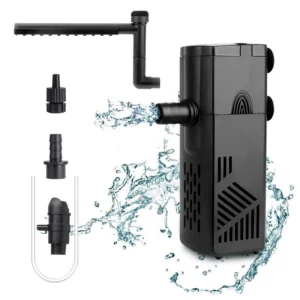
Leave a comment